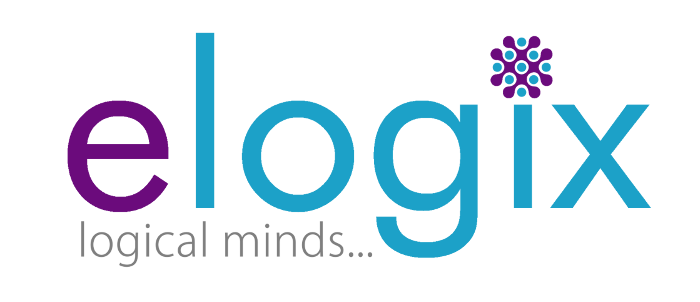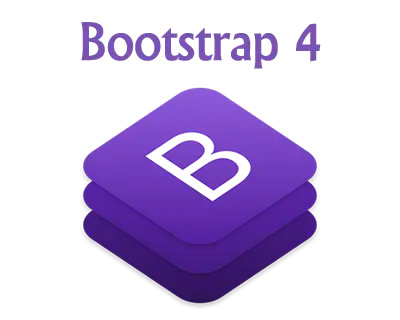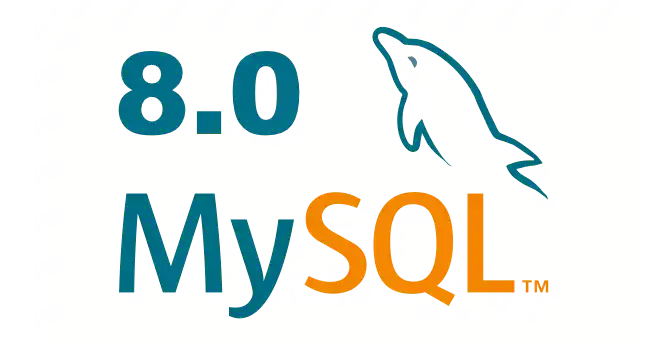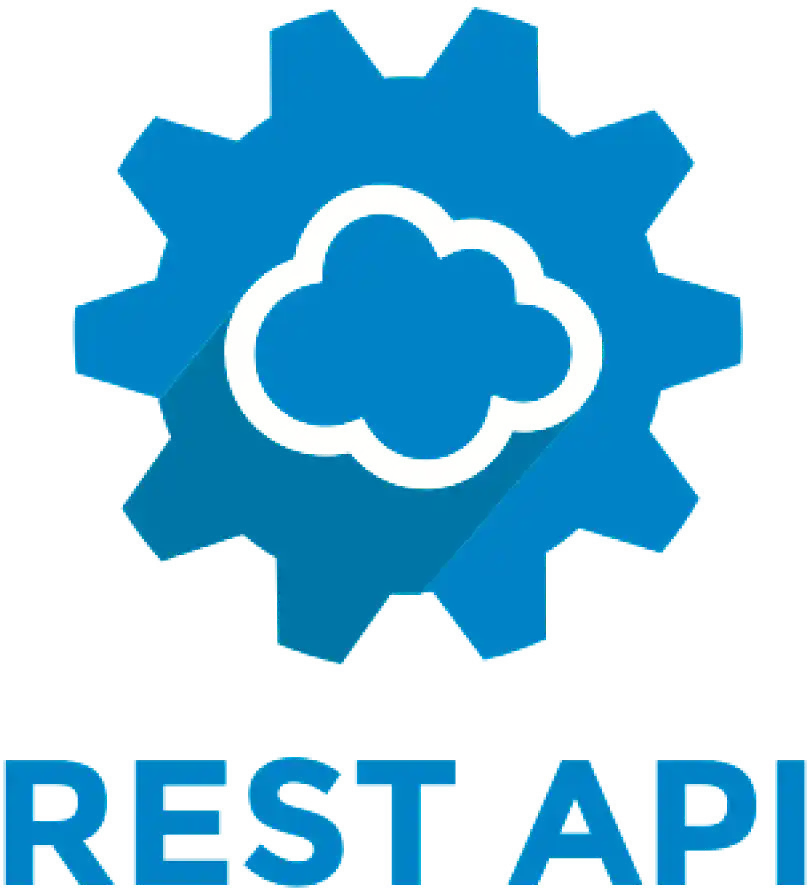


Background
Funded by the Foreign, Commonwealth & Development Office (FCDO), UK under their technical assistance program for Smart Urban Development in Indian States (SMUDI), Elogix teamed up with Deloitte as the application development partner and created groundbreaking Unified Climate Monitoring Analytics Dashboard for Chandigarh government.
This platform uses data intelligence to enable governmental departments and agencies in Chandigarh to examine, monitor, and improve their climate mitigation plans.


Problem Statement
The project aimed to address several complex challenges:
Data Fragmentation: Multiple departments collecting data on 37 climate-related indicators resulted in fragmented information silos.
Manual Processes: Manual data collection, validation, and interpretation were time-consuming and prone to error.
Data Collection: Track & collect historic data from multiple govt. Departments, saved in disks & physical files, seemed like an impossible task
Collaboration and Standardisation: Coordination across departments was difficult, especially real time, as was providing standardised reporting across multiple indications.
Data-Driven Actions: An organised method to use data for informed decision-making and effective climate measures was required.
Solution

Centralized
The dashboard was accessible to 12 departments/agencies and provided a consolidated view of all 37 indicators with particular access rights.

Automation
The platform included a four-tiered structure with automated procedures for Data Coordinators, Nodal Officers, the Climate Change Cell, and the Monitoring Committee, allowing for more efficient data collection, validation, analysis, and action.

User-based Access
Data Coordinators and Nodal Officers were able to contribute to data accuracy since responsible departments had access to relevant modules.

Reporting
The dashboard allowed for data visualisation through charts and graphs, as well as data collection and reporting for certain time periods.

Evidence-Based Decision Making
Prescriptive and descriptive analytics were enabled by the platform, translating raw data into actionable insights for informed decision-making.

Scalability
The platform was built to scale, allowing for the addition of new indicators, departments, and users in response to changing requirements and data availability.
The Chandigarh Climate Monitor Dashboard exemplifies the revolutionary impact of technology in climate governance. This unique technology assists the Government of India in its quest for climate-resilient smart cities through seamless collaboration, automation, and uniform reporting. The dashboard lays the way for sustainable urban development and a climate-smart future by transforming data into actionable information.

















